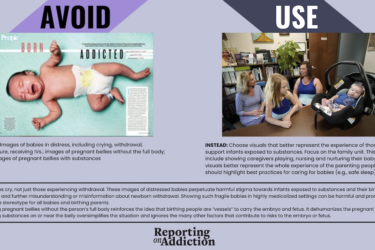Conan Murat, one of Alaska’s first dental health aide therapists, provides a first-person perspective on providing oral health care to his fellow Native Alaskans on the isolated Yukon-Kuskokwim delta in this month’s issue of Health Affairs.
One of the perks of belonging to the Association of Health Care Journalists is free access to online versions of a number of useful journals. Health Affairs is one of those and the November issue is dedicated to the theme of “Redesigning the Health Care Workforce.”
In one piece, “How to Close the Physician Gap,” the authors suggest that registered nurses and pharmacists could help address the disparity between the demand for primary care services and the number of physicians available to provide the care. Another looks at meeting growing health care needs through the wider use of nurse practitioners and physician assistants.
But Murat’s piece weighs in on another health care workforce issue that touches the lives of millions of Americans: the shortage of dental providers.
About 4,600 communities across the country have been designated as Dental Health Provider Shortage Areas (HPSAs) by the U.S. Department of Health and Human Services Health Resources and Services Administration. According to the federal health agency, it would take an estimated 6,600 additional dentists to eliminate the need.
Some say that technically trained dental therapists could help fill that gap.
Murat is based at a clinic in Aniak but he and his assistant spend every other week flying across the roadless tundra to remote villages, getting care to children and adults who might otherwise go without, he says.
“Dental therapists have been practicing in Alaska for nine years and now provide routine dental care to 40,000 Native Alaskans,” Murat writes. “In the United States about forty-seven million people live in areas where there is a shortage of dentists, and millions more can’t afford to see them. For so many Americans, even the most basic dental care is out of reach. Yet right here in Alaska, I think we’ve found part of the solution.”
Murat, who decided to become a DHAT in 2003, was trained in New Zealand, where the model has been in use for many years. Now DHATs can study without leaving Alaska, by enrolling in a two-year program offered by the Alaska Native Tribal Health Consortium and the University of Washington School of Medicine.
After completing the two years, the students must serve a three- to six-month preceptorship that Murat compares to a “mini-residency,” working side by side with a supervising dentist in a tribal health facility.
“Only after this experience are they are allowed to practice under general supervision, which means a dentist might not be on site but still must approve all services that the therapist provides,” Murat notes.
The program took root in Alaska’s tribal lands despite the staunch opposition of the American Dental Association (ADA) which contended that no one but dentists should be allowed to perform procedures such as restorations and extractions.
Yet since the DHATs went to work, groups such as the Pew Charitable Trusts and WK Kellogg Foundation have offered studies supportive of the quality and cost-efficiency of the model.
The ADA has offered its rebuttals to the studies:
- ADA questions findings from Pew DHT study
- ADA Statement on the Kellogg Study of Alaska Dental Health Aide Therapist Program
Still, dental therapists are being trained in Minnesota and the model is being explored in other states.
“We must overcome perceptions of dental therapy as unsafe or unsustainable,” Murat writes. “Dental therapy isn’t a magic bullet that is going to solve everything. But it’s too sensible to ignore.”
Related:
· Despite ADA’s stance, dentists praise use of therapists
· Shortage of oral health care fuels debate over scope of practice







